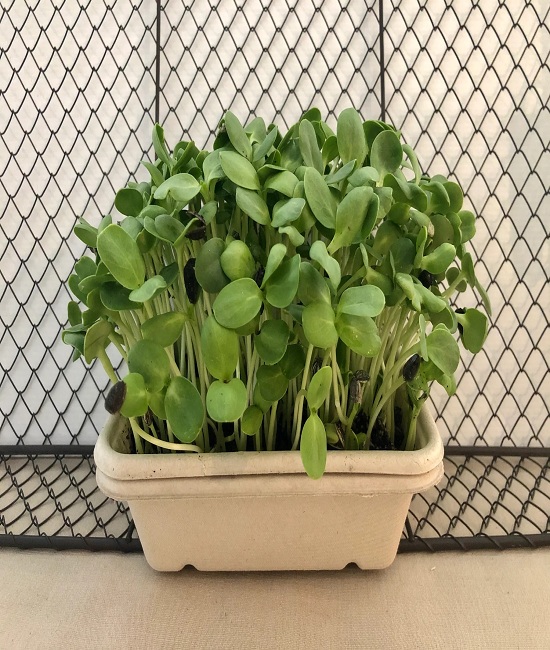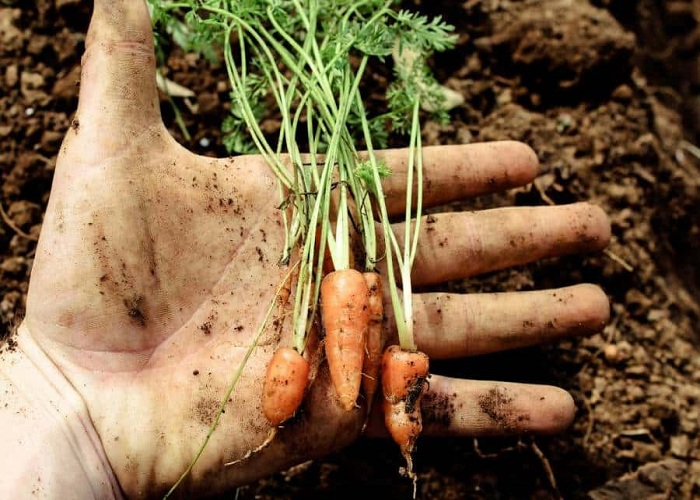Gardening is a popular pastime because it provides many tangible benefits and a satisfying sense of accomplishment to those who partake in it. It’s exciting to watch a plant develop from a seed or plantlet into a fully grown, fruiting plant. However, gardening needs patience, and not everyone is willing to put up that effort for months on end.
These 15 fast-growing plants can be harvested in a month or less, proving that producing veggies is not a patience test.
Baby carrots
Garden-grown baby carrots have a flavor that is incomparable to store-bought ones. Find baby carrot types, which grow more rapidly than regular carrots. If you must plant in containers, select those with a depth of 6 to 8 inches to ensure adequate room for your plants to flourish.
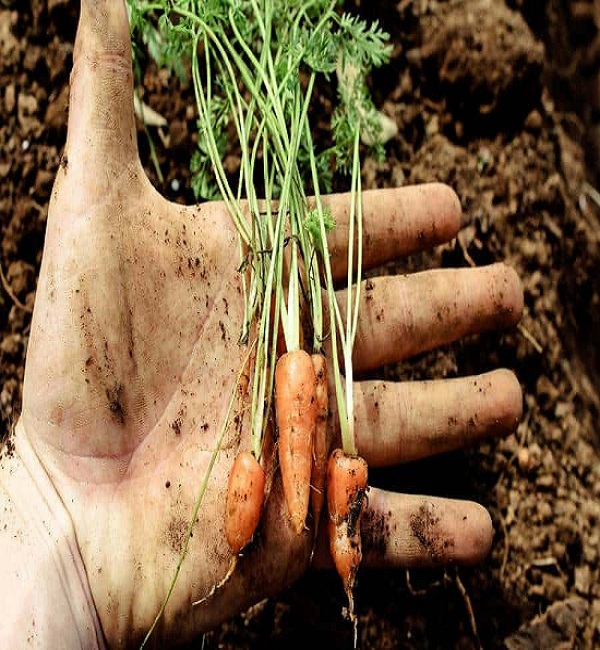
Spinach
Green leafy vegetables are among the quickest growers, producing fruit or vegetables in a short length of time with minimum effort. Plant seeds in fertile soil in the garden or pots with good potting mix and pick them when the leaves have reached the desired size. Spinach is prone to bolting and going to seed in the height of summer, so it’s best not to try and grow it then.

Beets
Beets are a root vegetable that people either love or hate. They are grown for both their leafy green tops and their tender roots. The best time to grow beets is when the weather is cooler. To prevent stunting root development, harvest the tops sparingly, taking only one or two leaves at a time.
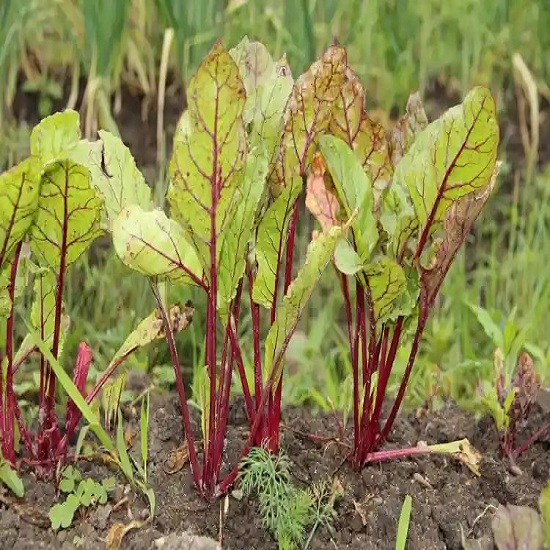
Leaf lettuce
Leaf lettuce is a popular vegetable since it thrives in the garden with minimal attention and may be harvested rapidly. There are several varieties, and they all thrive in either pots or the ground. For a constant crop, plant seeds every two weeks when temperatures are cooler.
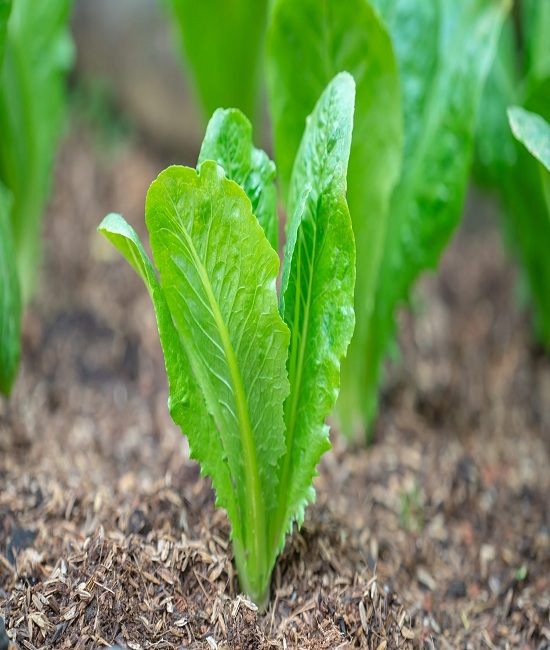
Chard
Swiss chard, despite being related to beets, doesn’t yield any kind of root crop. Once the plant reaches 3 inches in height, the outer leaves can be picked and the stems cooked and eaten.
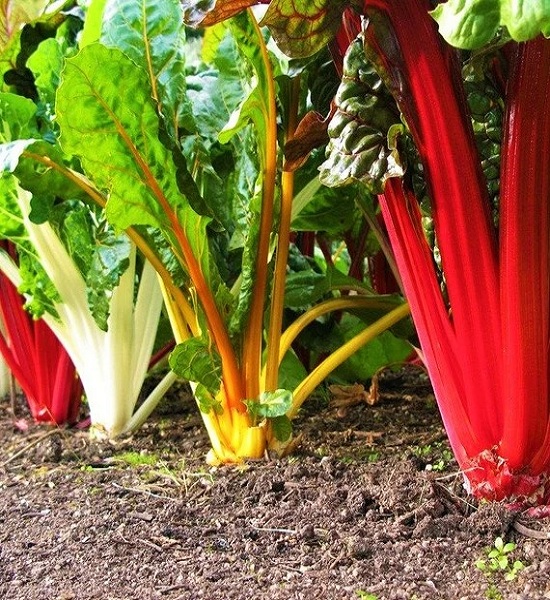
Broccoli
While bok choy may not be a common garden staple, it is a rewarding and easy crop to cultivate. In a month, the young leaves are ready to be picked, and in the following two weeks, the mature heads are ready to be harvested.

Kale
With its increasing popularity, kale is quickly becoming a staple vegetable grown in many gardens and even on windowsills. When baby greens are 2 inches tall, they’re ready to be picked. Avoid harvesting the plant’s growing point to ensure continuing growth.

Mustard greens
Mustard greens, in contrast to most other types of leafy greens, do best when the weather is warm. In addition to adding taste and variety to salad mixtures, mustard greens are very simple to grow.
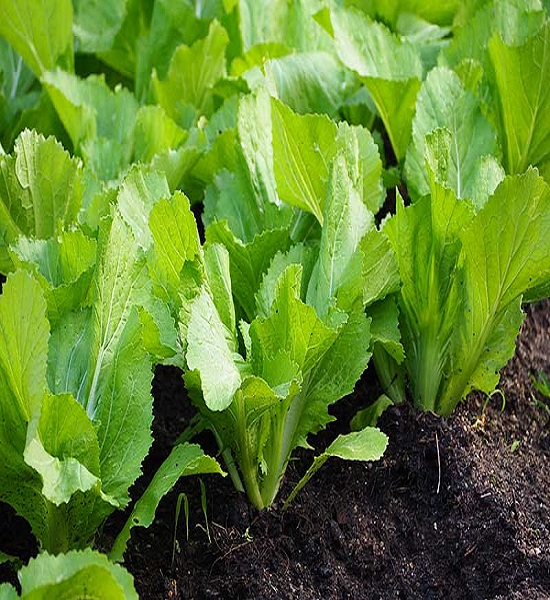
Green onions
If you need a quick harvest, green onions are the way to go. The bottoms (“bulbs”) that you would typically throw away can be used to grow new plants if you place them in water. Once roots have formed, you may either wait until there are leaves to harvest by keeping the plant in water or transplant it to the soil.
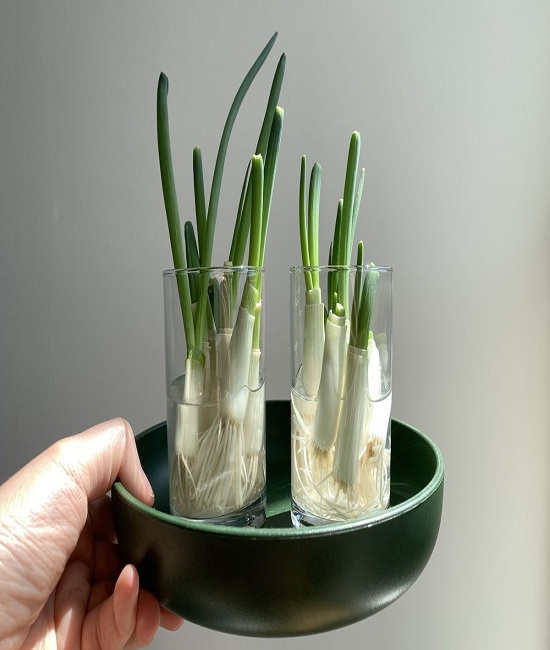
Turnips
Turnips, like kale and beets, are another plant that serves multiple purposes. As soon as the turnip greens reach a height of two inches, they are ready to be picked. Turnips that are harvested while they are younger have a softer and sweeter flavor than larger turnips.

Arugula
This plant grows back year after year and gives your salads a spicy kick. As soon as the garden soil is workable in the spring, plant seeds in two-week successions for a continual harvest.

Garden cress
Garden cress is one of the quickest-growing garden plants, ready to be picked in as little as two weeks. This plant thrives in either outdoor or indoor containers and requires only a little patch of soil to yield peppery leaves.
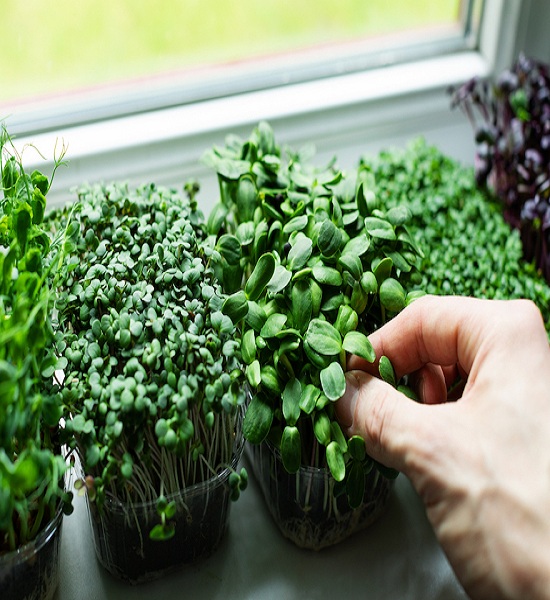
Radishes
Radishes are a favorite vegetable to grow in gardens due to their quick growth and spicy flavor. Both well-worked soil and containers work well for their growth. Radishes are best grown in the spring and fall when temperatures are around 50 to 65 degrees. You can pick them in as little as three weeks.

Fenugreek
Fenugreek, a staple in many Asian cuisines, thrives in the hot, humid weather of the summer. In roughly 20 days, the fenugreek leaves are ready to be picked.
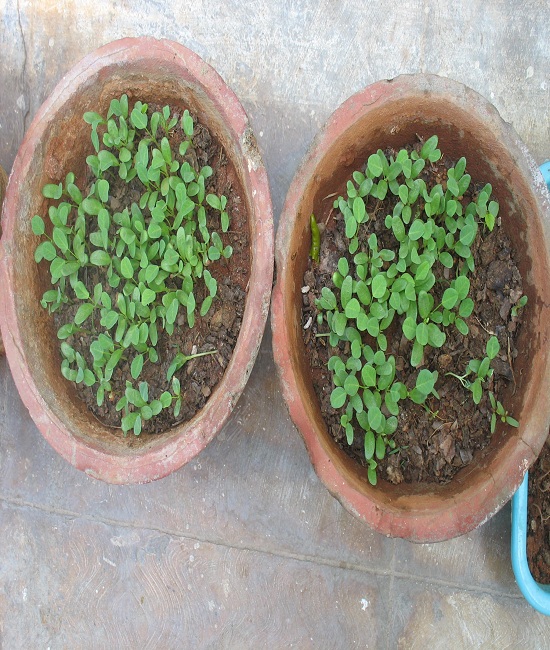
Sunflower shoots
These tall wonders are most commonly associated with their magnificent blossoms, but the greens can be harvested for a healthy and delicious meal in their own right. The small sunflower shoots have a surprising nutrient density, according to the Natural Society. For less bitterness, shoots should be harvested when they have two leaves but before the real leaves have emerged.
